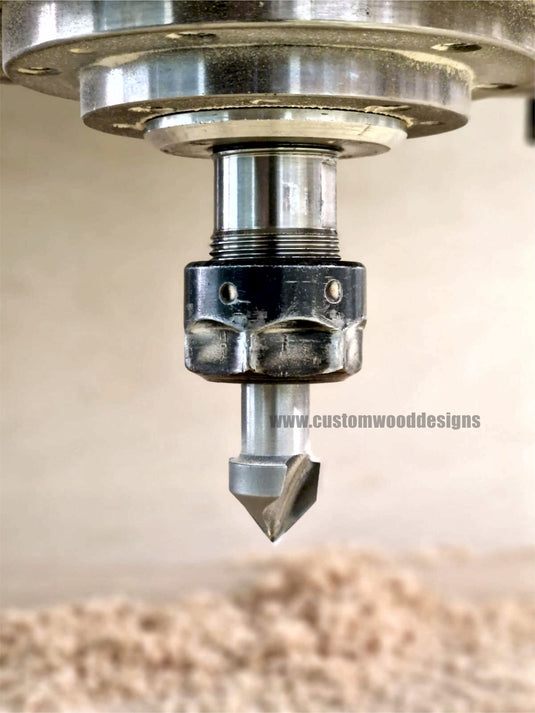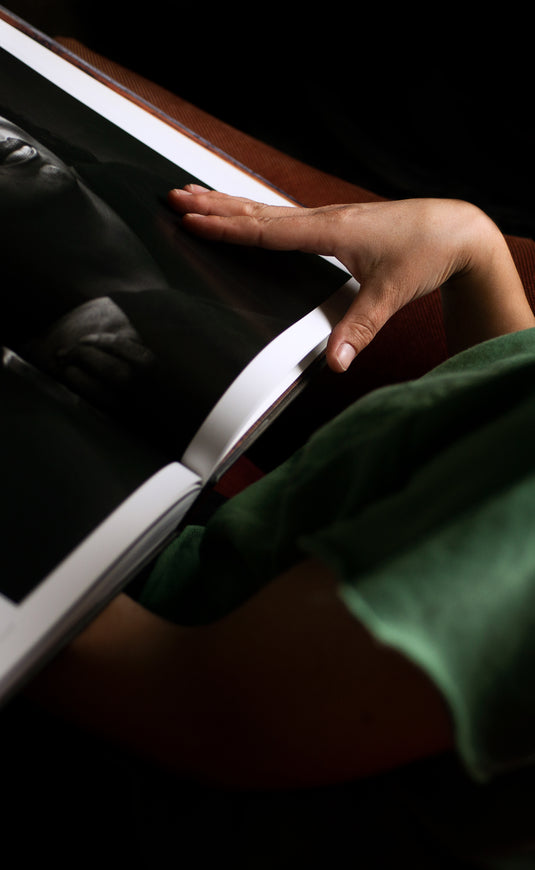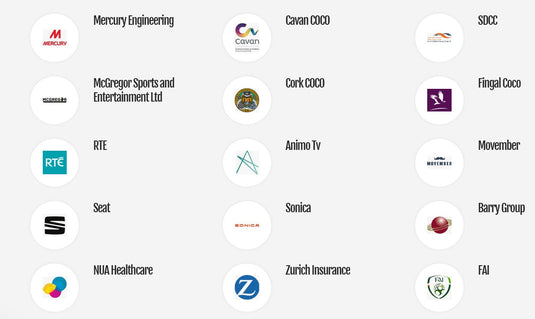Custom Awards & Corporate Plaques – Sustainable Wooden Recognition, Made in Ireland
Custom Wood Designs creates bespoke awards, plaques and medals that feel as meaningful as the achievement. Hand-finished in Dublin using FSC-certified timbers (oak, birch ply, beech) with precision laser engraving From one-off centrepieces to 500+ unit rollouts, we blend craft, brand consistency, and sustainability.
Bespoke wooden awards and plaques, made in Ireland. FSC timber, laser engraving, Pantone/RAL matching. One-off to 500+ units. Fast 3–4 week lead times.

Custom Awards & Plaques
What files do you need for logos?
Vector PDF/SVG/AI preferred; high-res PNG (300dpi+) works for UV print.
Can you match our brand colours?
Yes — RAL matching available for paint-fill and colour panels.How long does it take?
Standard projects complete in 3–4 weeks after proof approval & payment. Ask about rush options
.What’s the minimum order?
We produce one-off hero pieces up to large corporate runs (100–500+).How do we submit names/categories?
Send an Excel/CSV with columns (Name, Title, Category, Date, Notes). We provide a template.Do we get a proof?
Yes, digital proofs (and physical samples on request) before production.
Are your awards sustainable?
Yes — FSC-certified wood, water-based finishes, and local manufacturing. CO₂-light packaging options available.
Do you ship internationally?
Worldwide via tracked courier. We also pallet-ship for larger orders.Can you combine wood with glass or metal?
Absolutely — timber base with glass/acrylic/metal face plates is popular for premium finishes.Can we reorder next year?
Yes — we keep tooling and artwork on file for easy re-runs.
Wooden permanent display units are a popular and practical solution for businesses looking to showcase their products or services. As a designer, creating a unique and functional display unit that meets the needs of your client can be a challenging but rewarding process. Here's a step-by-step guide to help you navigate the process of designing wooden permanent display units.
-
Understanding the Client's Needs: The first step in designing any display unit is to understand the client's needs. Meet with your client to discuss their products, target audience, and any specific requirements they have for the display unit. This will help you create a design that is tailored to their business and brand.
-
Research and Inspiration: Once you have a clear understanding of your client's needs, it's time to start researching and gathering inspiration. Look at other display units for inspiration, paying attention to the use of materials, color schemes, and layouts. Take note of any unique features that you could incorporate into your design.
-
Sketching and Concept Development: With your research and inspiration in mind, begin sketching out your design ideas. Use these sketches to develop a few different concepts for the display unit. Discuss these concepts with your client and get their feedback to help you refine your ideas.
-
Technical Drawings and 3D Models: Once you have a solid concept in mind, it's time to create technical drawings and 3D models of your design. This will help you ensure that the display unit is structurally sound and that it meets any necessary requirements or regulations.
-
Material Selection: With the design and technical details in place, it's time to select the materials for the display unit. Wooden display units can be made from a variety of woods, each with their own unique characteristics and benefits. Consider the durability, sustainability, and aesthetic appeal of each wood species before making your selection.
-
Prototyping and Testing: Before producing the final display unit, it's important to create a prototype and test it thoroughly. This will help you identify any design flaws or areas for improvement before the unit is produced in larger quantities.
-
Production and Installation: With the prototype approved, it's time to move into production and installation. Work with your client to determine the best method of installation for the display unit, and ensure that it is properly secured and stable.
Designing wooden permanent display units is a challenging and rewarding process. By following these steps, you can create a display unit that meets your client's needs and exceeds their expectations. From understanding the client's needs to material selection to production and installation, each step is crucial in creating a successful and functional display unit.
Bespoke wooden awards and plaques, made in Ireland.
Premium, sustainable recognition pieces for corporate, hospitality & events
Custom Wood Designs creates bespoke awards, plaques and medals that feel as meaningful as the achievement. Hand-finished in Dublin using FSC-certified timbers (oak, birch ply, beech) with precision laser engraving and UV colour printing. From one-off centrepieces to 500+ unit rollouts, we blend craft, brand consistency, and sustainability.
Why choose our awards
Sustainable materials: FSC wood, water-based lacquers, low-waste production
Brand-perfect finishes: laser engraving, UV print, paint-fill, RAL/Pantone colour matching
Any format: desk awards, wall plaques, wall medals, trophy blocks, certificate frames
Fully custom: sizes, shapes, stains, inserts, mixed materials (wood + glass/acrylic accents)
Personalisation at scale: names, categories & numbering via CSV/Excel import
Made in Ireland: fast, reliable lead times and worldwide shipping
Popular styles
Solid Oak Block Awards — timeless, weighty, engraved or printed front face
Wall Plaques — oak/birch with hidden fixings; ideal for reception or back-bar walls
Tiered/Layered Awards — laser-cut face plates for depth, colour and contrast
Medals & Wall Medals — wooden medallions with ribbons or wall-mount sets
Eco Recognition Sets — plaque + certificate frame + gift box for premium presentation
Finishes & options
Natural, smoked, walnut, black or white stains; clear matte/satin lacquer
Laser engraving, spot-colour paint-fill, UV full-colour print, metal/acrylic badges
Edge profiles (bevel/chamfer/radius), hidden keyhole hangers for plaques
Gift packaging: branded boxes, kraft sleeves, foam fitments





